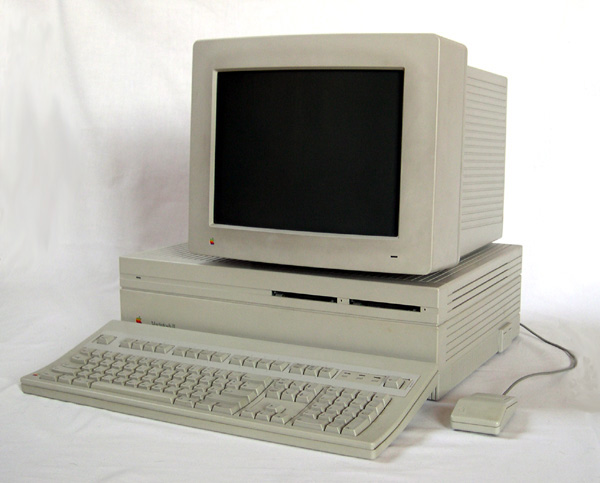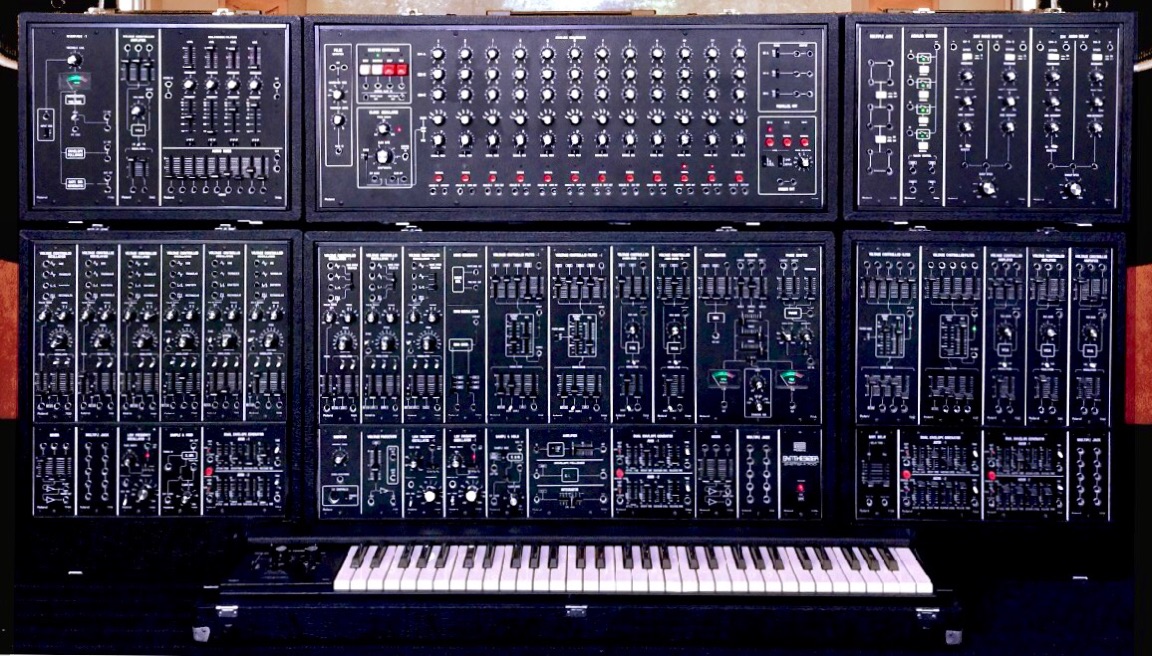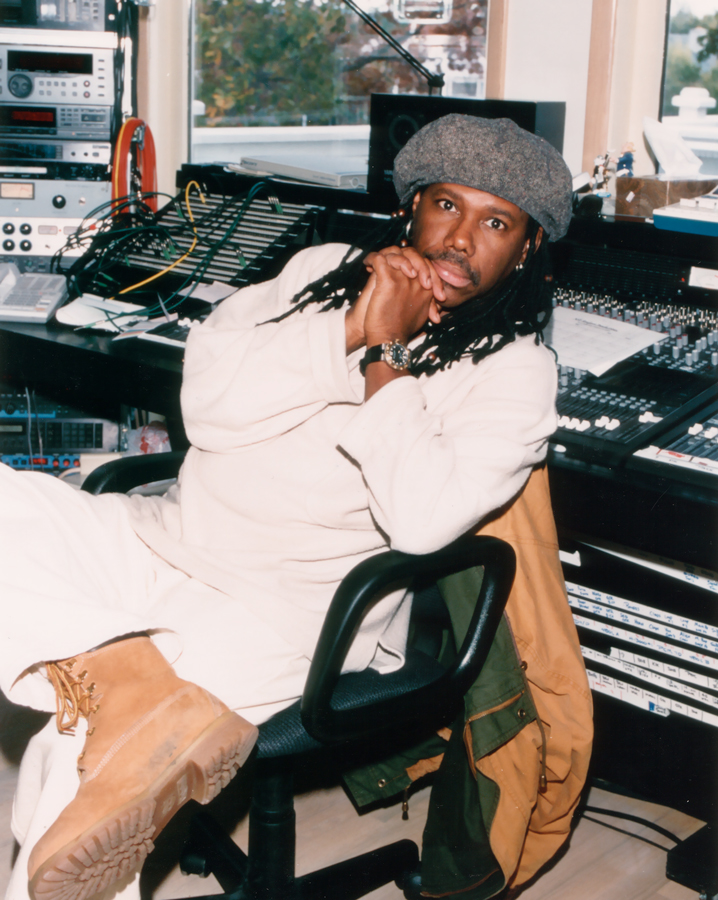|
Catch As Catch Can (album)
''Catch as Catch Can'' is the third studio album by Kim Wilde, released in autumn 1983. The album was not released in North America, neither were any of the singles. Having toured the UK and Europe in November and December 1982, there was a silence of six months. Kim Wilde returned with the single "Love Blonde", a jazz/swing-inspired track that lyrically mocked the blonde bombshell image that some media had dealt Kim in the previous years. But the sound was unique to the single; the rest of the album continued the electronic theme that was introduced on '' Select''. Most of the songs were again written by Marty and Ricky Wilde, except the second single "Dancing in the Dark", which was written by Nicky Chinn and Paul Gurvitz. Ricky Wilde produced the album. Some of the songs seemed to be telling a story ("House of Salome", which was released as a single in selected countries, and "Sing It Out for Love") whereas "Dream Sequence" was one of Marty's more imaginative lyrics, describin ... [...More Info...] [...Related Items...] OR: [Wikipedia] [Google] [Baidu] |
Kim Wilde
Kim Wilde (born Kim Smith, 18 November 1960) is an English pop singer, DJ and television presenter. She first saw success in 1981 with her debut single "Kids in America", which peaked at No. 2 in the UK. In 1983, she received the Brit Award for Best British Female solo artist.BRITs Profile: Kim Wilde Brits.co.uk. Retrieved 29 February 2012 In 1986, she had a UK No. 2 hit with a reworked version of ' song "", which also topped the US [...More Info...] [...Related Items...] OR: [Wikipedia] [Google] [Baidu] |
Record Collector
''Record Collector'' is a British monthly music magazine. It was founded in 1980 and distributes worldwide. History The early years The first standalone issue of ''Record Collector'' was published in March 1980, though its history stretches back further. In 1963, publisher Sean O'Mahony (alias Johnny Dean) had launched an official Beatles magazine, ''The Beatles Book''. Although it shut down in 1969, ''The Beatles Book'' reappeared in 1976 due to popular demand. Through the late-1970s, the small ads section of ''The Beatles Book'' became an increasingly popular avenue through which collectors could make contact and buy, sell, or trade Beatles records. Reflecting a burgeoning collecting scene in the 1970s, as time went by, the adverts were becoming dominated by traders who were interested in rare vinyl unassociated with the Beatles. In September 1979, ''The Beatles Book'' came with a record collecting supplement, and the response was positive enough for O'Mahony to launch ''Re ... [...More Info...] [...Related Items...] OR: [Wikipedia] [Google] [Baidu] |
Roland MC-8 Microcomposer
The Roland MC-8 MicroComposer by the Roland Corporation was introduced in early 1977 at a list price of US$4,795 (¥1,200,000 JPY). It was one of the earliest stand-alone microprocessor-driven CV/Gate music sequencers, following EMS '' Sequencer 256'' in 1971 and New England Digital's '' ABLE computer'' (microprocessor) in 1975. Roland called the MC-8 a "computer music composer" and it was considered revolutionary at the time, introducing features such as a keypad to enter note information and 16 kilobytes of random access memory which allowed a maximum sequence length of 5200 notes, a huge step forward from the 8-16 step sequencers at the time. It also allowed the user to allocate multiple pitch CVs to a single Gate channel, creating polyphonic parts within the overall sequence. Due to the high price, only 200 units were sold worldwide, but it represented a huge leap forward in music technology. Overview The MicroComposer could precisely adjust multiple sound producing and effect ... [...More Info...] [...Related Items...] OR: [Wikipedia] [Google] [Baidu] |
Synclavier
The Synclavier is an early digital synthesizer, polyphonic digital sampling system, and music workstation manufactured by New England Digital Corporation of Norwich, Vermont. It was produced in various forms from the late 1970s into the early 1990s. The instrument has been used by prominent musicians. History The original design and development of the Synclavier prototype occurred at Dartmouth College with the collaboration of Jon Appleton, Professor of Digital Electronics, Sydney A. Alonso, and Cameron Jones, a software programmer and student at Dartmouth's Thayer School of Engineering. Synclavier I First released in 1977–78, it proved to be highly influential among both electronic music composers and music producers, including Mike Thorne, an early adopter from the commercial world, due to its versatility, its cutting-edge technology, and distinctive sounds. The early Synclavier I used FM synthesis, re-licensed from Yamaha, and was sold mostly to universities. The ... [...More Info...] [...Related Items...] OR: [Wikipedia] [Google] [Baidu] |
Roland System 700
The Roland System 700 was a professional monophonic modular synthesizer for electronic music manufactured by the Roland Corporation and released in 1976 and was followed by the Roland System-100M in 1978. Modules The System 700 range included the following modules: * 701A – Keyboard controller * 702A – VCO-1 * 702B – VCO-2 * 702C – VCO-3 * 703A – VCF-1 * 703B – VCF-2 * 703G – VCF (Block 8) * 704A – VCA-1 * 704B – VCA-2 * 704D – VCA (Block 8) * 705A – Dual envelope generator * 706A – LFO-1 * 706B – LFO-2 * 707A – Amplifier / envelope follower / integrator * 708A – Noise / ring generator * 709A – Sample and hold * 710A – Multiple jacks * 711A – Reverberator / panning / standard oscillator / phase shifter * 712A – Monitor / external keyboard controller / voltage processor / keyboard CV output / gate output *713A - Gate delay * 714A – Interface * 715A – Mul ... [...More Info...] [...Related Items...] OR: [Wikipedia] [Google] [Baidu] |
Roland Jupiter 8
The Jupiter-8, or JP-8, is an eight-voice polyphonic analog subtractive synthesizer introduced by Roland Corporation in early 1981. The Jupiter-8 was Roland's flagship synthesizer for the first half of the 1980s. Approximately 3300 units have been produced. Although it lacked the soon-to-be standard of MIDI control, later production series of the Jupiter-8 did include Roland's proprietary DCB interface. The instrument had many advanced features for its time, including the ability to split the keyboard into two zones, with separate patches active on each zone. Two years after the release of the Jupiter-8, Roland released the more affordable Jupiter-6 synthesizer with built-in MIDI control but an otherwise slightly reduced set of features. In 2011, three decades after the release of the original Jupiter series, Roland released the fully digital Jupiter-80 and Jupiter-50 synthesizers as successors to the 1980s originals. They were in turn succeeded by the Jupiter-X and Jupite ... [...More Info...] [...Related Items...] OR: [Wikipedia] [Google] [Baidu] |
E-mu Emulator
The Emulator is a series of digital sampling synthesizers using floppy disk storage, manufactured by E-mu Systems from 1981 until 2002. Though not the first commercial sampler, the Emulator was among the first to find wide use among ordinary musicians, due to its relatively low price and fairly contained size, which allowed for its use in live performances. It was also innovative in its integration of computer technology. The samplers were discontinued in 2002. Impetus E-mu Systems was founded in 1971 and began business as a manufacturer of microprocessor chips, digital scanning keyboards and components for electronic instruments. Licensing this technology gave E-mu ample funds to invest in research and development, and it began to develop boutique synthesizers for niche markets, including a series of modular synthesizers and the high-end Audity system. In 1979, founders Scott Wedge and Dave Rossum saw the Fairlight CMI and the Linn LM-1 at a convention, inspiring them to de ... [...More Info...] [...Related Items...] OR: [Wikipedia] [Google] [Baidu] |
Fairlight CMI
The Fairlight CMI (short for Computer Musical Instrument) is a digital synthesizer, sampler, and digital audio workstation introduced in 1979 by Fairlight. — with links to some Fairlight history and photos It was based on a commercial licence of the Qasar M8 developed by Tony Furse of Creative Strategies in Sydney, Australia. It was one of the earliest music workstations with an embedded sampler and is credited for coining the term sampling in music. It rose to prominence in the early 1980s and competed with the Synclavier from New England Digital. History Origins: 1971–1979 In the 1970s, Kim Ryrie, then a teenager, had an idea to develop a build-it-yourself analogue synthesizer, the ETI 4600, for the magazine he founded, ''Electronics Today International'' (ETI). Ryrie was frustrated by the limited number of sounds that the synthesizer could make. After his classmate, Peter Vogel, graduated from high school and had a brief stint at university in 1975, Ryrie asked ... [...More Info...] [...Related Items...] OR: [Wikipedia] [Google] [Baidu] |
Prophet-5
The Prophet-5 is an analog synthesizer manufactured by the American company Sequential (company), Sequential. It was designed by Dave Smith (engineer), Dave Smith and John S. Bowen (sound designer), John Bowen in 1977, who used Microprocessor, microprocessors, then a new technology, to create the first polyphonic synthesizer with fully programmable memory. This allowed users to store sounds and recall them instantly rather than having to reprogram them manually; whereas synthesizers had once created unpredictable sounds, the Prophet-5 moved synthesizers to producing "a standard package of familiar sounds". Between 1978 and 1984, about 6,000 units were produced across three revisions. In 1981, Sequential released a 10-voice, double-keyboard version, the Prophet-10. Sequential introduced new versions in 2020, and it has been emulated in software synthesizers and hardware. The Prophet-5 has been widely used in popular music and film soundtracks. Development The Prophet-5 was crea ... [...More Info...] [...Related Items...] OR: [Wikipedia] [Google] [Baidu] |
Nile Rodgers
Nile Gregory Rodgers Jr. (born September 19, 1952) is an American musician, record producer and composer. The co-founder of Chic, Rodgers has written, produced, and performed on records that have sold more than 500 million albums and 75 million singles worldwide. He is a Rock and Roll Hall of Fame inductee, a three-time Grammy Award–winner, and the chairman of the Songwriters Hall of Fame. Known for his " chucking" guitar style, ''Rolling Stone'' wrote in 2014 that "the full scope of Nile Rodgers' career is still hard to fathom". Formed as the Big Apple Band in 1972 with bassist Bernard Edwards, Chic released their self-titled debut album in 1977, including the hit singles "Dance, Dance, Dance (Yowsah, Yowsah, Yowsah)" and " Everybody Dance". The 1978 album '' C'est Chic'' produced the hits " I Want Your Love" and "Le Freak", with the latter selling more than seven million singles worldwide. The song " Good Times" from the 1979 album '' Risqué'' was a number one single on t ... [...More Info...] [...Related Items...] OR: [Wikipedia] [Google] [Baidu] |
Marty Wilde
Marty Wilde, (born Reginald Leonard Smith; 15 April 1939) is an English singer and songwriter. He was among the first generation of British pop stars to emulate American rock and roll, scoring several 1950s hit singles including "Endless Sleep", "Sea of Love" and " Bad Boy". During the 1960s and 1970s, Wilde continued to record and, with Ronnie Scott, co-wrote hit singles for others including the Casuals' "Jesamine" and Status Quo's "Ice in the Sun". He is the father of pop singer Kim Wilde and co-wrote many of her hit singles including "Kids in America" with his son Ricky. He continues to perform and record. Career Wilde was born in Blackheath, London. He was performing under the name Reg Patterson at London's Condor Club in 1957, when he was spotted by impresario Larry Parnes. Parnes gave his protégés stage names such as Billy Fury, Duffy Power and Dickie Pride, hence the change to Wilde. The 'Marty' came from the acclaimed 1955 film of the same name. Wilde was signed ... [...More Info...] [...Related Items...] OR: [Wikipedia] [Google] [Baidu] |
Cliff Richard
Sir Cliff Richard (born Harry Rodger Webb; 14 October 1940) is an Indian-born British musican, singer, producer, entrepreneur and philanthropist who holds both British and Barbadian citizenship. He has total sales of over 21.5 million singles in the United Kingdom and is the third-top-selling artist in UK Singles Chart history, behind the Beatles and Elvis Presley. Richard was originally marketed as a rebellious rock and roll singer in the style of Presley and Little Richard. With his backing group, the Shadows, he dominated the British popular music scene in the pre-Beatles period of the late 1950s to early 1960s. His 1958 hit single "Move It" is often described as Britain's first authentic rock and roll song. In the early 1960s, he had a prosperous screen career with films including '' The Young Ones'', '' Summer Holiday'' and '' Wonderful Life'' and his own television show at the BBC. Increased focus on his Christian faith and subsequent softening of his music led t ... [...More Info...] [...Related Items...] OR: [Wikipedia] [Google] [Baidu] |







